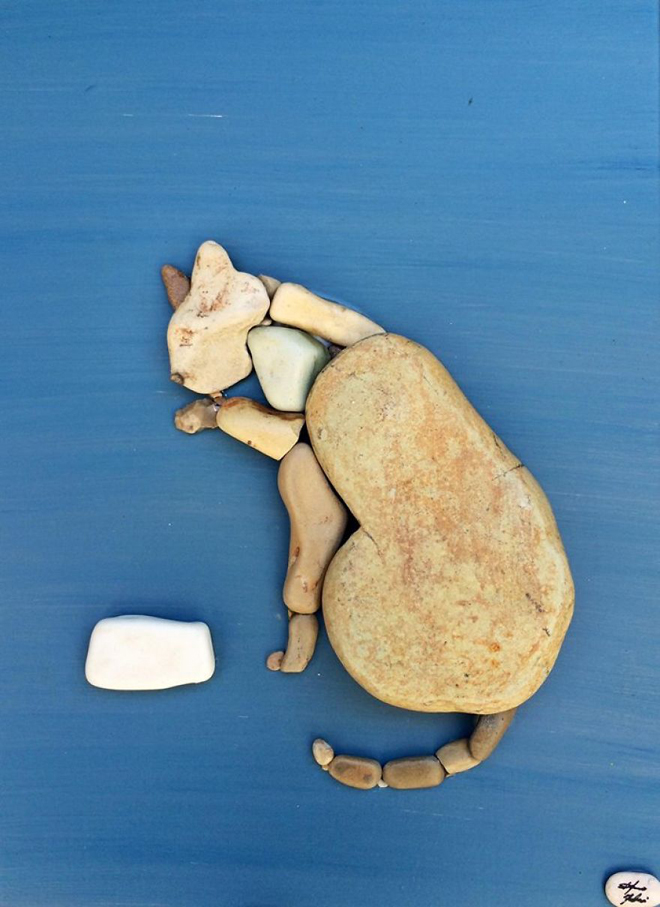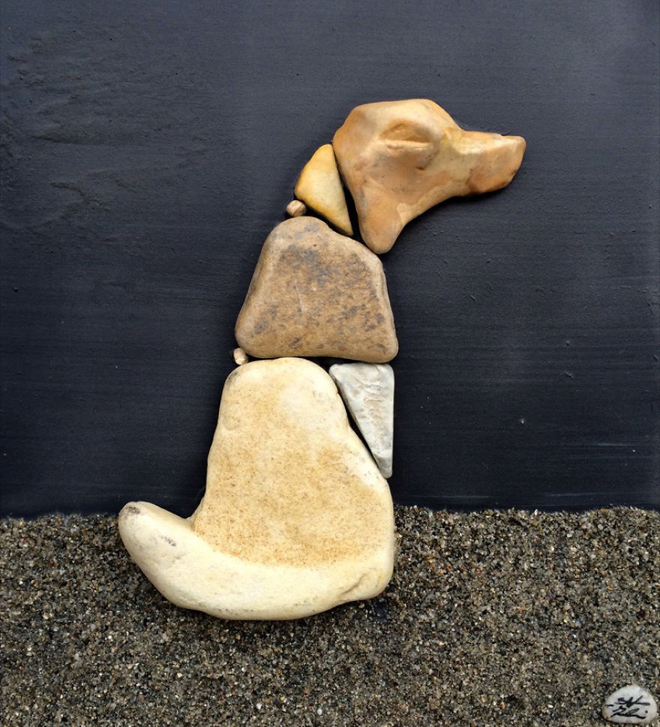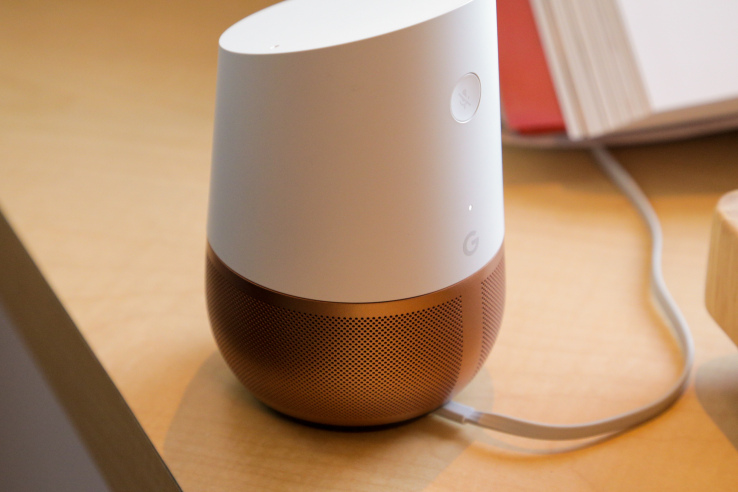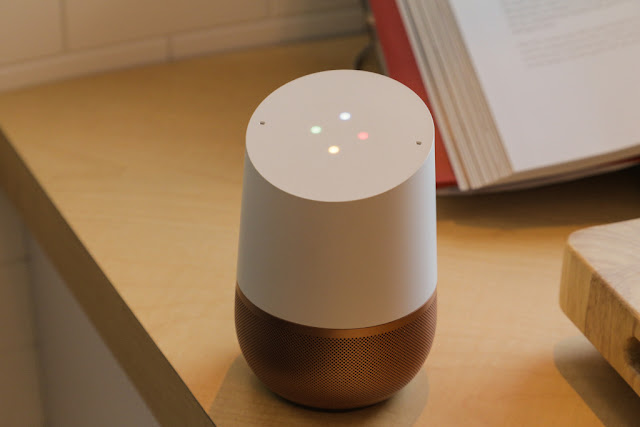Choosing a healthy lifestyle doesn't have to mean a lifetime of deprivation. This book is filled with mouth-watering foods and nutrition facts that demonstrate how eating healthy can be an expression of art. Included are recipes for your favorite comfort foods like pasta, lasagna, risotto, calzones, sushi, clam chowder in a bread bowl, baked brie, chicken pot pie, chili cheese "fries", tomato basil sandwich wraps, pizza, tortillas, and many more. There are also lots of valuable tips and tricks to help one along the journey of learning how to eat as an art.
Why We Get Fat
I grew up with a passion for sports as well as food; my body shape revealed my two loves. I was athletic yet fat. How to lose weight was a complicated puzzle for me, but once I found the right pieces to fit the ‘hormone puzzle’, it became easy. I learned the secrets of the hormone insulin and the lesser known hormone leptin, that by adopting a very low-glycemic, high-fat (not just highprotein) diet, I had re-sensitized my biochemistry to these essential hormones, which turn off severe food cravings. Best of all, my diet makeover required a lot less self-deprivation than previous diets that didn’t stimulate weight loss.
The nutrient-rich, relatively high-fat dietary approach I have developed for myself incorporates exotic, little-known replacements for high-glycemic, starchy foods.
This philosophy finally gave me total peace with food; something I never imagined possible. The weight came off, even more than my original goal. Included in this book are exotic, tasty, weight loss foods. The love-hate relationship with food typically starts with innocent dieting and calorie counting, followed by out of control bingeing that causes dangerous extremes, such as skipping meals, obsessive-compulsive exercise, and purging. No wonder food becomes the enemy and we become increasingly frustrated and unhappy as we fight the daily battle. I help clients discover that through proper nutrition education, including how to choose the right foods, they can live a life free from cravings and weight gain.
Before my revelation of the biochemistry of food and our weight, I was so proud of my “perfect” diet of whole grains, fruits, and fat-free desserts, but I was still puzzled why I had uncontrollable food cravings. By finding the correct supplements to change my biochemical imbalances, I started a high healthy-fat, grain-free, no-starch diet; I finally found peace in my body. I didn’t feel deprived or compelled to overeat.
The ‘secret’ is to control leptin and insulin hormones. Any diet that stops blood sugar and insulin spikes also allows the cells to regain sensitivity to the noteworthy anti-aging, weight and hunger regulating hormone called leptin. The hardest part is to remove my clients’ fear of fat, because it is almost impossible to obtain this effect without significant amounts of fat in the diet. High protein alone doesn’t work because excess protein will also turn to sugar. Low fat, high protein diets will fail to keep your blood sugar from spiking, and will not allow your leptin hormone to increase. Ron Rosedale, MD, author of The Rosedale Diet and a pioneering scientist on the hormone leptin, states, “If you don’t get enough fat, you will likely eat too much protein, which then turns to sugar.” Do you know what a normal blood sugar level is? 1 cup? 2 cups? NO, 1 TEASPOON of sugar is a normal blood sugar for adults, children, teens and babies. Blood sugar increases insulin and insulin is TOXIC to our bodies and cells.
Insulin and its counterbalancing hormone, glucagon, are in charge of controlling metabolism. The word insulin may immediately call up an association with diabetes, which is totally valid. Controlling blood sugar is insulin’s most important job. Many people with heart disease, high cholesterol, diabetes and high blood pressure in their families have inherited a tendency for their insulin sensors on the cells to malfunction because of years of high sugar and starch consumption.
As these sensors become tired, insulin resistance develops. Since it’s essential to get the sugar out of the blood and into the cells, the pancreas overcompensates by making more and more insulin to force the tired sensors to work. This starts a detrimental cycle of needing ever more insulin to keep the process going. Some people become so resistant to insulin that the amount necessary to make the sensors respond and clear the sugar from the blood is more than their pancreas can make; that person becomes diabetic.
Excess insulin causes a variety of other detrimental problems: it increases the production of cholesterol in the liver, thickens the walls of the arteries, “causing high blood pressure”; the kidneys retain salt and fluid, and it tells our fat cells to store excess starch and sugar.
Insulin’s actions are countered by glucagon. Glucagon alerts the liver to slow down triglyceride and cholesterol production, tells the kidneys to release excess salt and fluid, the artery wall to relax and lower blood pressure, and the fat cells to release stored fat to be burned for energy. Insulin, however, is a stronger hormone than glucagon and when it is high, it suppresses glucagon’s actions. After a childhood of sugar and starch consumption, metabolic syndrome and insulin resistance happens.
What we eat controls the production of these hormones. This book will teach you how to stimulate glucagon by keeping insulin low, which will allow the metabolism to heal and the malfunctioning sensors to regain sensitivity. Once this healing occurs, the metabolic disturbances caused by elevated insulin will improve or disappear; cholesterol and triglycerides will return to normal, blood pressure returns to normal, blood sugar will stabilize and you will achieve a normal body weight. There’s no need to spend huge amounts of money on medications for band-aid “solutions.” The affirmative testimonies of my clients support the fact that nutrition is key to a healthy body. You can pay the doctor or you can pay the farmer.
In Gary Taubes book, Why We Get Fat and What To Do About It, a very interesting study conducted by the National Institute of Health, had 20,000 women who were very overweight go on a low calorie diet. On average, the women consumed 360 calories a day less on their diets than they did when they first agreed to participate. If obesity is caused by overeating, then these women were “under-eating” by 360 calories/day. They ate 20% less calories than what the public-health agencies tell us women should eat. The result? After 8 years, the women lost an average of 2 pounds each!
AND their waist circumference increased! Which demonstrates that the women didn’t lose fat, they lost muscle. This is why a calorie isn’t a calorie! A pound of fat contains 3500 calories. Eating 360 calories less everyday should have had the women lose 2 pounds of fat in the first 2 weeks and more than 36 pounds in the first year!
It is all about WHAT we eat rather than how much. Our bodies create biological responses to everything we consume! Choosing the right foods at the right time is an art.
This book is for everyone who has been frustrated with how they look and feel. Maybe you look great, but your health is suffering because you don’t have a sense of well-being. Nutrition is fundamental to our health and ability to function at the optimum level daily. I love feeling energetic and confident and desire the same for you! Constant deprivation and guilt regarding food made me miserable. Proper nutrition freed me from that vicious cycle and it will do the same for you, with healthy eating habits and enjoy real food with miraculous benefits.
Check out the delicate Sushi. You won’t believe how simple it is to make and how wonderful it tastes!
Why Weight Loss Gets Harder
Losing weight gets harder each time! Why, you ask? Well, a healthy liver is the main organ that governs fat loss. It processes hormones, cleanses the cells of toxins, makes cholesterol, breaks down fats, metabolizes carbohydrates and proteins, as well as many other bodily functions. When a liver is constantly stressed by dieting, it gets tired and toxic, which makes it unable to assist you in your weight loss journey. Not only that, but in Chinese medicine, they consider the liver function to govern our emotions. When the liver is stressed by poor food, alcohol, fructose and sugar, lack of sleep, or pollution, you are most likely to be depressed, anxious or angry. Low liver function causes food cravings, binge eating and excretion of too much cortisol.... causing more liver stress... It is a vicious cycle! Not to mention, if you go on anti depressants because your liver is causing low moods, the anti depressant causes more toxicity to your liver, which causes more depression and inability to lose weight.
The term “leaky gut” refers to when waste and partially digested foods are allowed into the blood stream due to perforations in the intestinal wall. People who are very sensitive to food poisoning have weak intestinal walls which allow bacteria to enter the blood easily. People who take antacids allow food particles to sit in their digestive system too long causing stress on the intestinal wall and are subject to leaky gut. This all causes water retention and stress on the liver. Some clients gain about 10-15 pounds of extra fluids. A healthy body is about 2/3rds water (hydrated cells are happy
cells!) but when you have a leaky gut, water gets trapped and is unable to filter out toxins and waste; this also inhibits cell functions including the movement of fat. This is where cellulite comes into play. Your lymphatic system gets overwhelmed which causes the undesired effect of cellulite.
Also, our body and fat cells want to stay at “homeostasis”... when you lose weight, your fat cells shrink. When this happens, one of the 25 messengers in the fat cells sends powerful messages to the brain to eat. This message often sends people into an over-feeding binge, making the fat cells even larger and makes your set point even higher. Yo-yo dieting is very detrimental to fat cell growth.
































